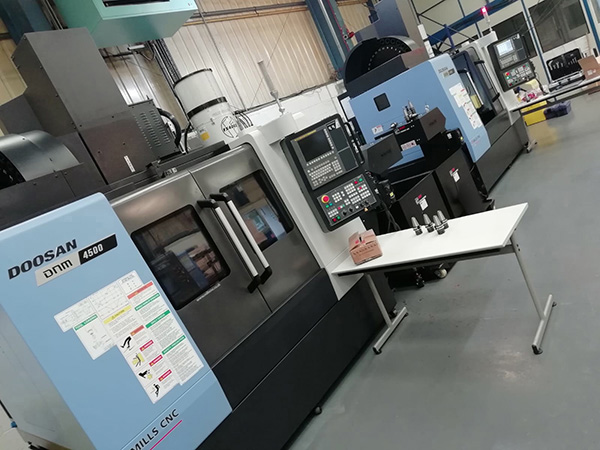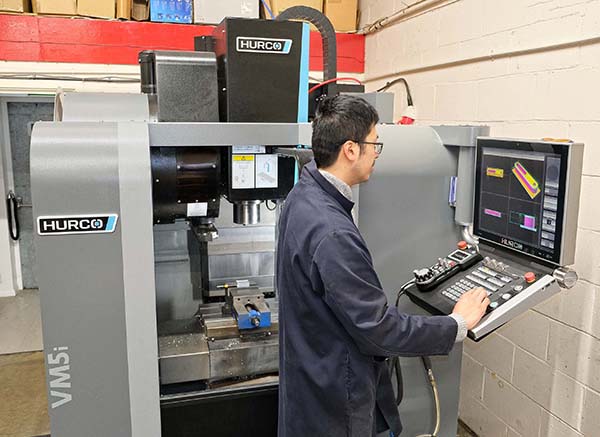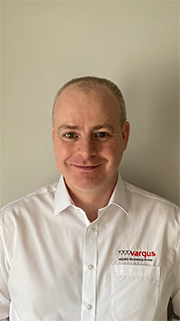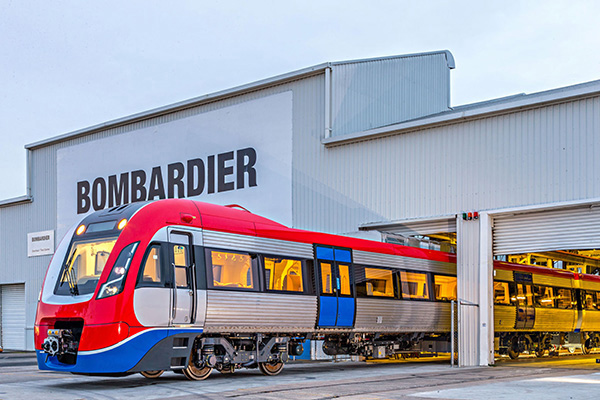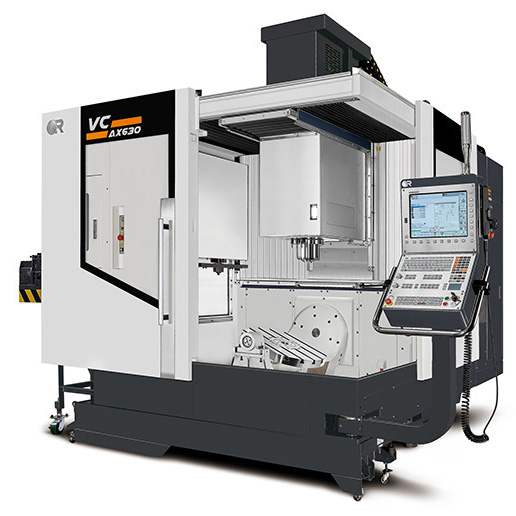
Mills CNC, the exclusive distributor of Doosan machine tools in the UK and Ireland, says it is not only the supplier of choice for many OEMs, tier-one suppliers and precision subcontractors, but increasingly the first port of call for many new engineering start-ups. One such company is Gateshead-based EAG Precision. Established in March 2019, the company invested in 10 new Doosan machine tools from Mills CNC within its first three months of operation.
Operating from a 14,000 sq ft facility, EAG is a privately-owned company specialising in the small and medium batch production of complex, high-precision parts for sectors such as defence, marine, medical and renewable energy. To differentiate itself in the market, EAG has achieved ISO 9001 approval and specialises in machining complex components (including prototypes) to tight tolerances and exacting surface finishes for customers based in the UK and the US. The company also designs, manages and implements complex turnkey projects for its customers.
To maintain its growth and profitability EAG relies on the dedication of a highly skilled workforce, the experience and expertise of its directors and senior management team and, of course, the advanced machine tool technologies it has at its disposal.
Not many new companies have the confidence or wherewithal to invest in 10 new machine tools straight out of the gate, but EAG is unlike other start-ups.
Says Dave Graham, EAG’s managing director: “Although the new enterprise started trading in March 2019, a great deal of preliminary planning was initiated and completed well before then. The strategic business plan we created, and which we used to help obtain funding for the new company, was both robust and ambitious.”
Covering all aspects of business, the plan identified key markets and customers, and how EAG would approach and build business relationships. The plan highlighted, in depth, the company’s key capital equipment investment criteria, which included the number and type of CNC machine tools it wanted to acquire initially and in subsequent years. EAG’s plan also set out and reinforced the company’s mission, vision and values.

Says Graham: “There were, and still are, three guiding principles that direct our company operations: delivering high-quality manufacturing solutions to customers; providing a rapid response in order to meet customer requirements efficiently and effectively; and ensuring value for money and achieving cost efficiencies. Everything we do is measured and benchmarked against these principles.”
The directors and senior management team at EAG can offer over 100 years of collective experience in the precision manufacturing sector. Their knowledge and expertise was invaluable when approaching potential customers to secure new machining contracts, and critical in identifying and selecting the right machine tools that would meet EAG’s immediate and future capacity and capability requirements.
Although the company canvassed the market looking for the best performing and best value machine tools, the directors’ previous positive experiences of dealing with Mills CNC and of using Doosan machines (gained prior to EAG being established), put Mills in the box seat.
“We knew that owing to the depth and breadth of the Doosan machine tool range we would be able to find solutions perfectly suited to our requirements,” says Graham. “It was also a big positive, especially for a new start-up in terms of time and logistics, if the machines could be acquired from a single source.”
Although many start-ups initially invest in used/pre-owned machines to get up and running, EAG opted to invest in new machine tools from day one.
“We decided on new machines from Mills CNC as they were competitively-priced and were backed by full warranties and the company’s reputable applications and aftersales support,” says Graham. “In addition, we were able to take advantage of Mills CNC’s machine tool financing, which gave us access to flexible capital equipment funding packages.”
Mills CNC’s stock policy means that many machines (over 70 at any given time) are available from its campus facility in Leamington ready for immediate delivery to customers in the UK and Ireland.
“It was important that we hit the ground running from day one as we had already secured machining contracts from a number of customers,” explains Graham. “The ability to order and get our machines delivered, commissioned and installed in double-quick time was critical.”
To improve operational efficiencies, optimise manufacturing flexibility and help with lead-time fulfilment, EAG invested in a number of multi-tasking Doosan machines. The models now on site include: Lynx long-bed lathes with Y axes, sub-spindles and driven tools; a large-capacity Puma lathe with full mill-drill capability; Doosan DNM machining centres supplied with 4th-axis units; and a high-productivity twin-pallet vertical machining centre.

All 10 Doosan machines acquired by EAG are equipped with Fanuc controls. These CNC units facilitate quick and seamless program transfer between machines when required. This capability prevents production bottlenecks from occurring if, for some reason, a machine is out of action for maintenance or repair.
EAG produces precision components for a wide range of sectors and customers. As a consequence, the company machines materials that include steels, aluminium alloys, duplex and standard stainless steels, plastics, Inconel, and titanium. Mills CNC says that the Doosan machines, with their rigid structural characteristics and high-specification spindle technology, are sufficiently versatile and capable of machining this diverse range of materials to high geometric tolerances and surface finishes.
Graham shares this sentiment, stating: “Our DNM machining centres enable us to machine prismatic parts up to 1 x 1 x 1 m, while the largest of our Doosan lathes provides us with a maximum turning diameter of 550 mm.”
Mills CNC reports that new start-up companies are increasingly turning to the company for help with their machine tools and, more recently, their automation requirements. Attracted by the depth and breadth of the Doosan machine tool range, competitive pricing, immediate availability from stock, and the company’s aftersales support services, it is a trend that looks set to continue.
Concludes Graham: “We are delighted with our Doosan machine tools and the level of service we receive from Mills CNC.”
For further information
www.millscnc.co.uk






